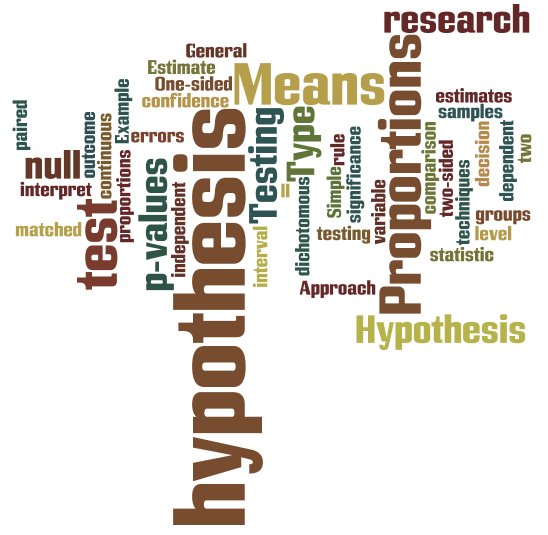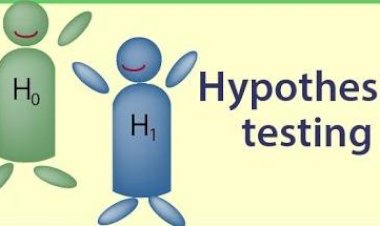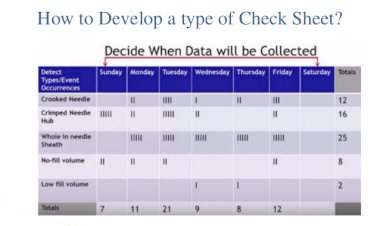Mean based Hypothesis Testing
Mean based Hypothesis Testing

Mean based Hypothesis Testing
Mean or as it is commonly known as “Average” represents the center of a given set of numerical numbers. Mean is considered to be a very powerful way of representing data in statistical way. It helps in getting a good understanding of data as it presents a good picture of the central tendency of the data. Mean is calculated by dividing the sum total of the total observations by the total number of observations.
Mean based hypothesis testing for sample data is done to statistically validate either of the following scenarios:
• To know the Confidence Interval in which the population mean is expected to lie
• If the mean value of the sample data is equal to the standard or target
• If the mean value of two or more population is equal or not.
Based on these, it is statistically validated if the null hypothesis is true or the alternate hypothesis is true.
Types of Mean Based Tests
1. 1 Sample T: 1 Sample T test is used to verify if the process is having any centering related problems. It is a Mean based test where Y is continuous and X is Discreet. It is also used to calculate the baseline of Y and comparing the mean to a target or standard value.
Minitab Navigation -> Stat – Basis Stats – 1-sample t
2. 1 Sample Z: It is used to calculate the mean of a population or make comparison with a standard or a target value. It is also useful for base lining of the process as it gives a Confidence Interval of Mean with an upper & lower value, which means that Mean of Population will also lie within this range, with 95% probability. But an important input without which 1 sample Z does not work is the Standard Deviation. It asks for a Standard Deviation and terms it as “The Assumed Standard Deviation”.
Minitab navigation -> Stat – Basic Stats – 1 sample Z
3. 2 sample T: It is a Mean based test where Y is continuous and X is Discreet. But here the similarity ends. 2 sample T test is used to make a comparison of Mean of 2 data sub-groups or populations. The 2 data sub-groups or populations must be independent. The resultant output shows if the mean of both populations and sub-groups is different or not.
Minitab Navigation -> Stat – Basic Stats – 2 sample T
4. Paired T Test: It is also used to make comparison between mean of two populations. It is almost similar to 2 Sample T test; the only difference being that it is run using dependent variables. What the dependency here means is that data of one population can be paired with data of the second population or observations in one population influence the observations in the second population.
Minitab Navigation -> Stat – Basic Stats – Paired T
5. One way Anova: It is an important statistical test which is part of Hypothesis Testing and is generally done in the Analyze stage of Six Sigma project. It is used when there is one Continuous factor and one Discreet (generally categorical) factor. One Way Anova checks the mean of all sub-groups(more than two) present in the factor and verifies whether mean of all the sub-groups are equal or there is some difference in at least mean of one subgroup and rest of the subgroups.
Minitab Navigation -> Stat – ANOVA – One way

 Pankaj Kumar
Pankaj Kumar 




























Comments (0)
Facebook Comments